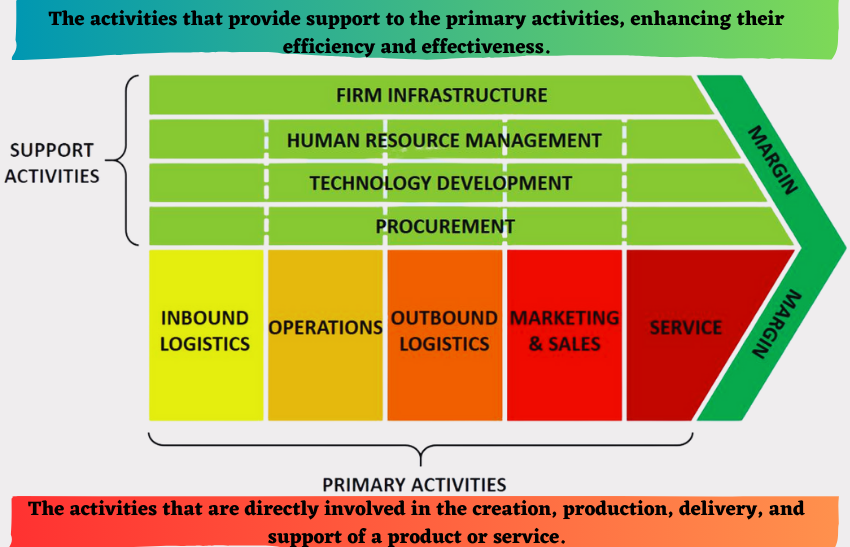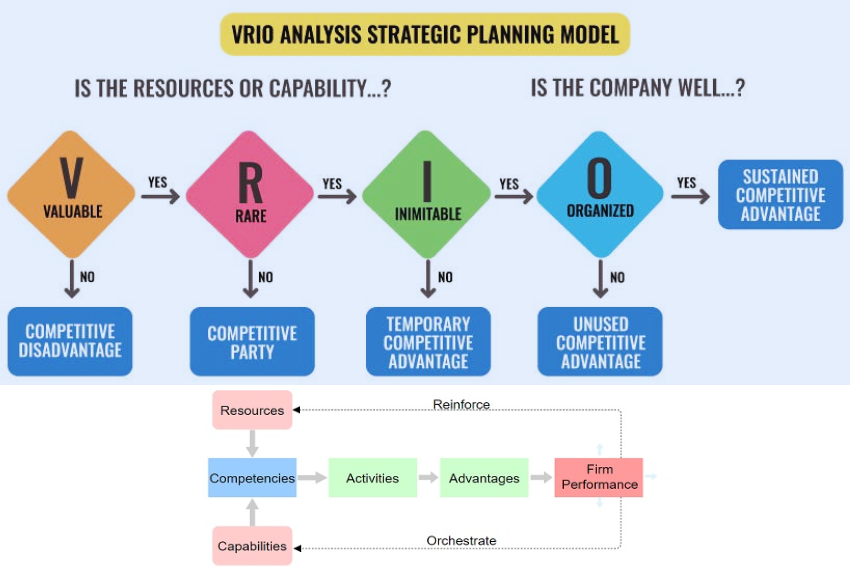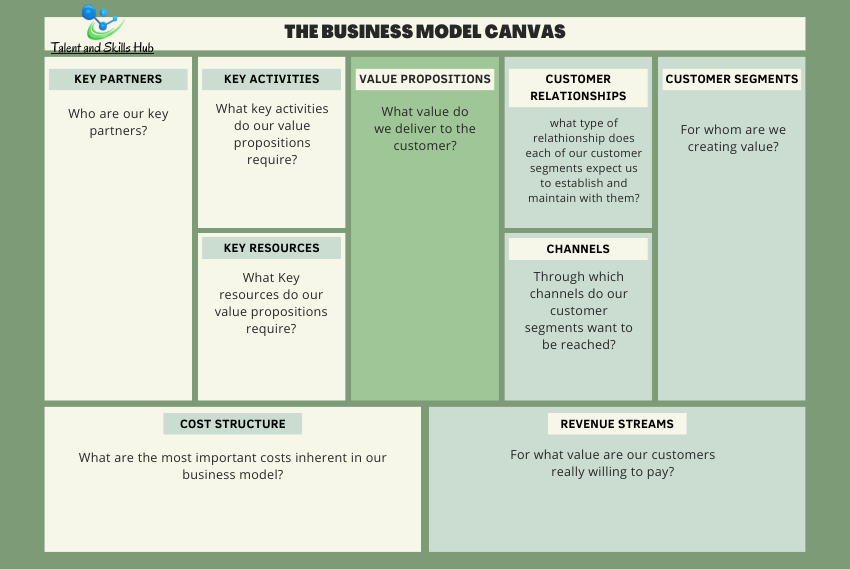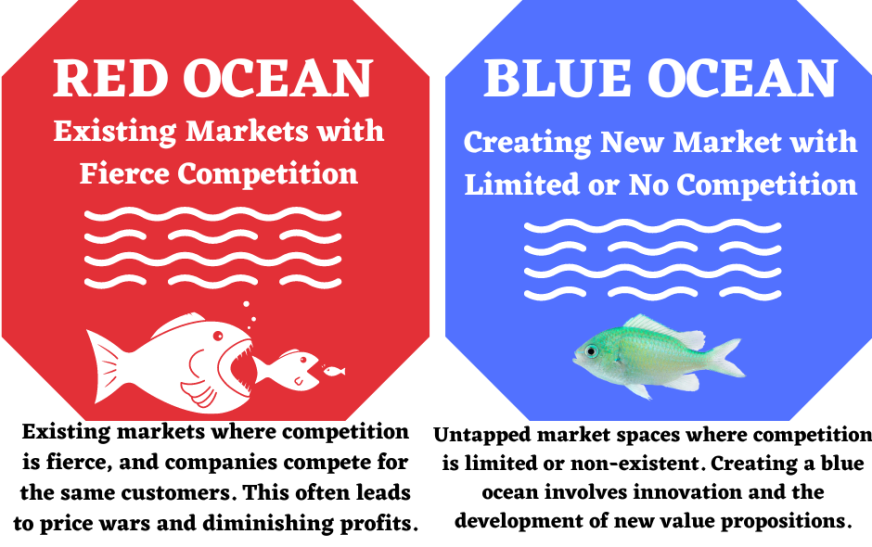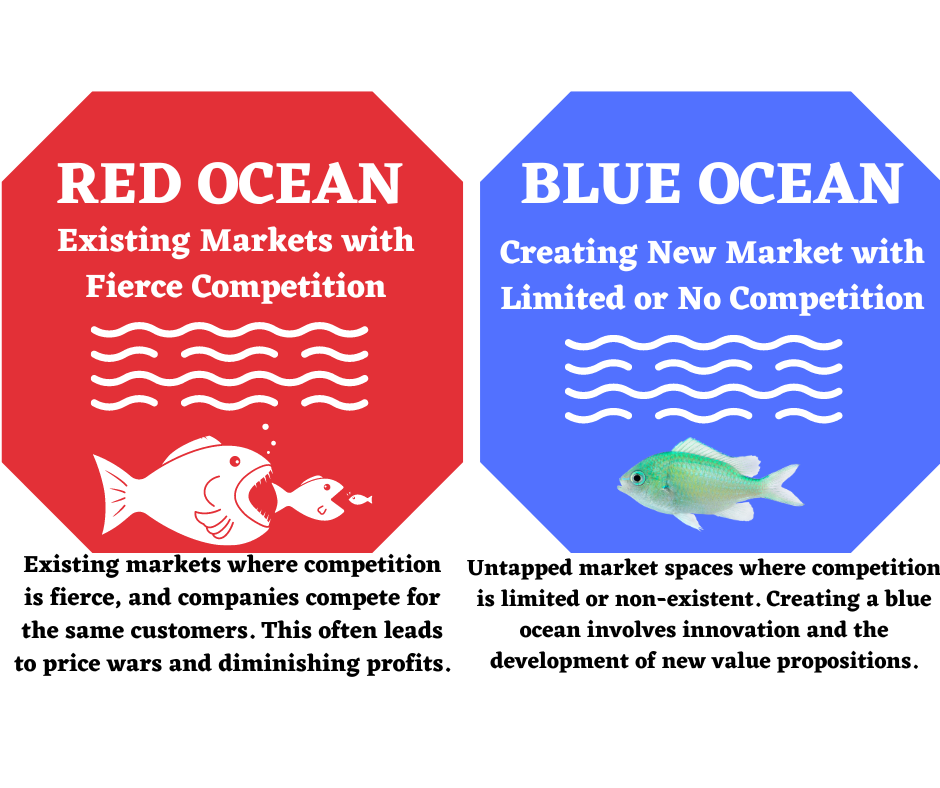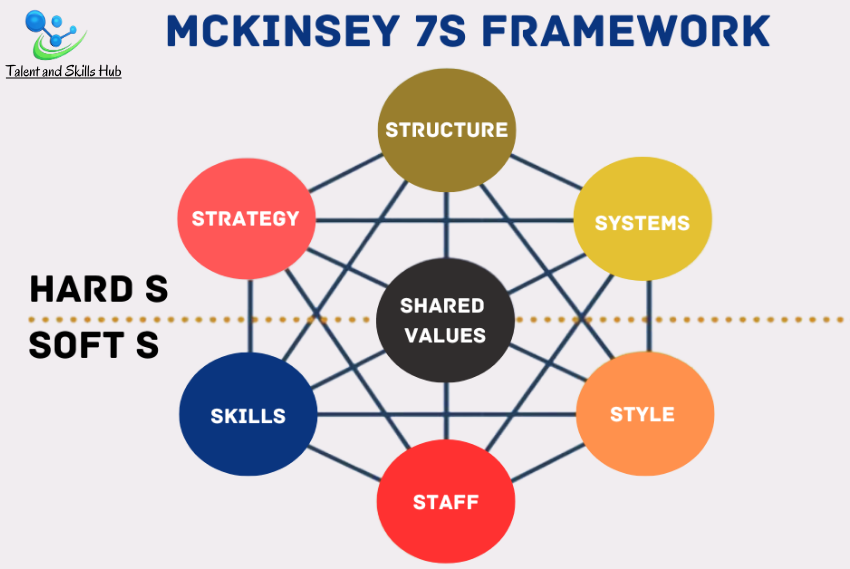Value Chain Analysis is a strategic management framework introduced by Michael Porter in his book “Competitive Advantage: Creating and Sustaining Superior Performance.” The value chain is a systematic way of examining all the activities a firm performs and how they interact to create value. The analysis helps identify opportunities for competitive advantage by understanding the primary and support activities within an organization. Value Chain Analysis is a valuable tool for strategic planning, helping organizations understand their competitive position, optimize their internal processes, and identify opportunities for creating and sustaining a competitive advantage.
The value chain is typically divided into two main categories: Primary activities and Support activities.
Primary Activities:
These activities are directly involved in the creation, production, delivery, and support of a product or service. There are five primary activities in the value chain:
1. Inbound Logistics: Involves receiving, storing, and distributing inputs of a product or service. For example, sourcing and procuring raw materials (e.g., metals, plastics, electronic components) from suppliers globally. Also, facilitating efficient supply chain management to ensure timely delivery of components to manufacturing facilities.
2. Operations: Encompasses the processes of transforming inputs into finished products or services. For example, manufacturing processes, assembly lines, and quality control measures to produce smartphones. Implementation of advanced technologies and automation to enhance efficiency and reduce production costs.
3. Outbound Logistics: Involves the collection, storage, and distribution of the product or service to customers. For example, distribution channels, including partnerships with retailers and online platforms for product placement. Also, efficient, and timely delivery to retail outlets and end customers.
4. Marketing and Sales: Focuses on promoting and selling the product or service to customers. For example, facilitating advertising campaigns to promote the brand and individual products. Also, sales teams and distribution partners engaged in selling smartphones to end consumers.
5. Service: Includes activities such as customer support, maintenance, and other after-sales services. For example, customer support services for technical assistance and issue resolution. Also, providing warranty services and product maintenance.
Support Activities:
These activities provide support to the primary activities, enhancing their efficiency and effectiveness. There are four support activities in the value chain:
1. Procurement: Involves the process of sourcing inputs, including negotiating with suppliers, purchasing, and establishing relationships. For example, negotiating with suppliers to secure favourable terms and prices for raw materials. In addition, developing long-term relationships with key suppliers to ensure a stable supply chain.
2. Technology Development: Encompasses the activities related to research and development, technology innovation, and process automation. For example, investment in research and development for innovation in smartphone features and functionalities. Another example is the continuous improvement in manufacturing technologies to stay ahead in the market.
3. Human Resource Management: Involves recruiting, training, and developing employees to support the primary activities. For example, recruiting and training skilled employees for manufacturing, research, sales, and customer support. Also, employee development programs to foster innovation and creativity.
4. Infrastructure: Includes activities such as general management, planning, finance, and other support functions that enable the primary activities to operate effectively. For example, corporate management, finance, and planning activities. Also, information technology systems for efficient data management and communication.
WATCH THE VIDEO HERE>>>
Steps in Value Chain Analysis:
- Identify Activities:
Identify all the activities involved in the production and delivery of a product or service.
- Evaluate Activities:
Assess the importance of each activity in creating value for the customer.
- Cost Analysis:
Analyse the costs associated with each activity to understand where costs are incurred and identify cost drivers.
- Differentiation Analysis:
Examine how each activity contributes to differentiation and competitive advantage.
- Benchmarking:
Compare your value chain activities with those of competitors to identify areas of strength and weakness.
- Opportunity Identification:
Look for opportunities to improve efficiency, reduce costs, and enhance differentiation within the value chain.
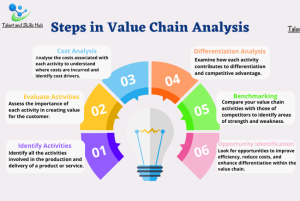
Value Chain Analysis Insights:
1. Cost Analysis: Through value chain analysis, the company may identify opportunities to optimize manufacturing processes, negotiate better terms with suppliers, and enhance supply chain efficiency to reduce costs.
2. Differentiation Analysis: Understanding the value chain helps the company identify areas where it can differentiate its products, such as through innovative features, superior customer service, or unique marketing strategies.
3. Opportunity Identification: The analysis might reveal opportunities for further investment in technology development, improvements in customer service, or strategic partnerships to strengthen the outbound logistics.
Final Remark.
By systematically analysing each component of the value chain, an organisation can develop strategies to enhance efficiency, reduce costs, and differentiate itself in the competitive market. The goal is to create and sustain a competitive advantage by delivering superior value to customers.
References
Porter, M. E. (1985). “Competitive Advantage: Creating and Sustaining Superior Performance.” Free Press.
Grant, R. M. (2016). “Contemporary Strategy Analysis: Text and Cases Edition.” Wiley.

